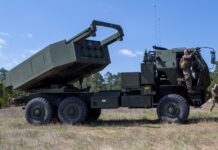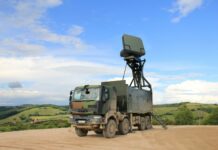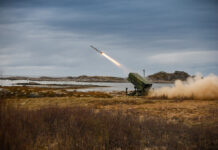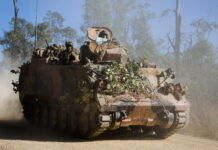The Australian Army’s LAND 19 Phase 7b programme aims to introduce a new Short Range Air Defence (SHORAD) system with an Initial Operational Capability (IOC) aiming for around mid-2023.
In recent years there has been a renewed emphasis given to SHORAD capabilities. Potential adversaries are developing long-range precision air defence systems which could make it highly risky to deploy friendly combat aircraft near the forward lines, especially during the initial stage of a conflict. The same potential adversaries are deploying increasingly sophisticated missile artillery, unmanned aerial vehicles (UAVs), loitering munitions (LMs), as well as increasing their arsenals of fixed-wing and rotary manned aircraft. Given these developments, SHORAD will need to carry a greater responsibility for defending Australia’s frontline forces.
Against this backdrop, the Australian Department of Defence (DoD) initiated the LAND 19 Phase 7b programme to replace the Army’s man-portable SAAB Bofors RBS 70 VSHORAD system with a more potent and longer-range weapon system that promises to provide a high level of battlefield protection to Australian forces. The mobile, vehicle-mounted tactical system is intended to counter both airborne and indirect fire threats. The complete weapon system will encompass missile launchers and missiles, sensors, C4 elements, and vehicle platforms.
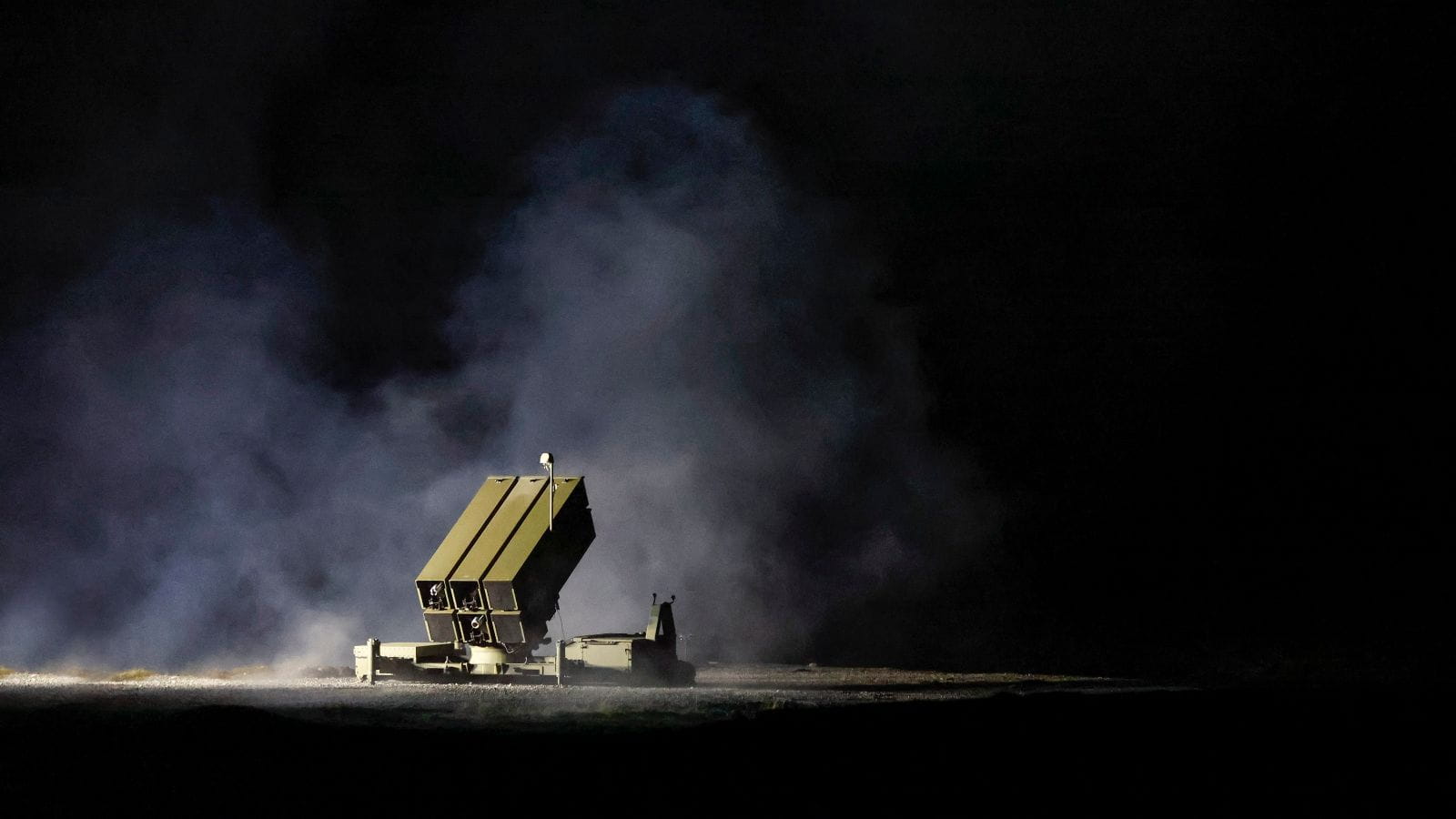
Credit: Kongsberg Defence & Aerospace
LAND 19 Phase 7b will be the Army’s contribution to Australia’s developmental Joint Integrated Air and Missile Defence (JIAMD) capability. The SHORAD will also be the first fielded element of the JIAMD. According to the MoD, the Phase 7b solution will be able to operate independently, but will be designed to operate as a subset of the broader JIAMD capability and has a key project interdependency with the Joint Battle Management System (JABMS) to be delivered separately under project AIR 6500. As described by the MoD, the goal of the JIAMD is to integrate and coordinate the full gamut of Australia’s air and missile defence assets, including ground based, sea based, and aerial weapon systems and sensors, to better coordinate and synchronise Australian Defence Force (ADF) operations. The JABMS will become the architecture at the core of the ADF’s JIAMD capability.
Contracting for LAND 19 Phase 7b
On 25 March 2019 Canberra announced that the Raytheon-Kongsberg National Advanced Surface to Air Missile System (NASAMS) had passed the Gate 2 Milestone of the LAND 19 Phase 7b procurement programme, and would be formally selected as the core of the SHORAD solution. The acquisition agreement with prime contractor Raytheon Australia was signed on 20 July 2019. The complete SHORAD system is expected to cost AUD 2.5 bn. The configuration selected by Australia is being referred to as ‘Enhanced NASAMS’.
Kongsberg Defence Australia (KDAu), which is acting as a major subcontractor on the project, was established in 2004 in Canberra. However, the Norwegian firm’s presence Down Under remained small until the selection of NASAMS for the LAND 19 project. “The main business is the production of NASAMS for the Australian military,” said John Fry, General Manager of Kongsberg Defence Australia, in a 2021 interview. “This includes the manufacture and integration of Fire Distribution Centres, final assembly of canister launchers, and production of classroom training equipment.”
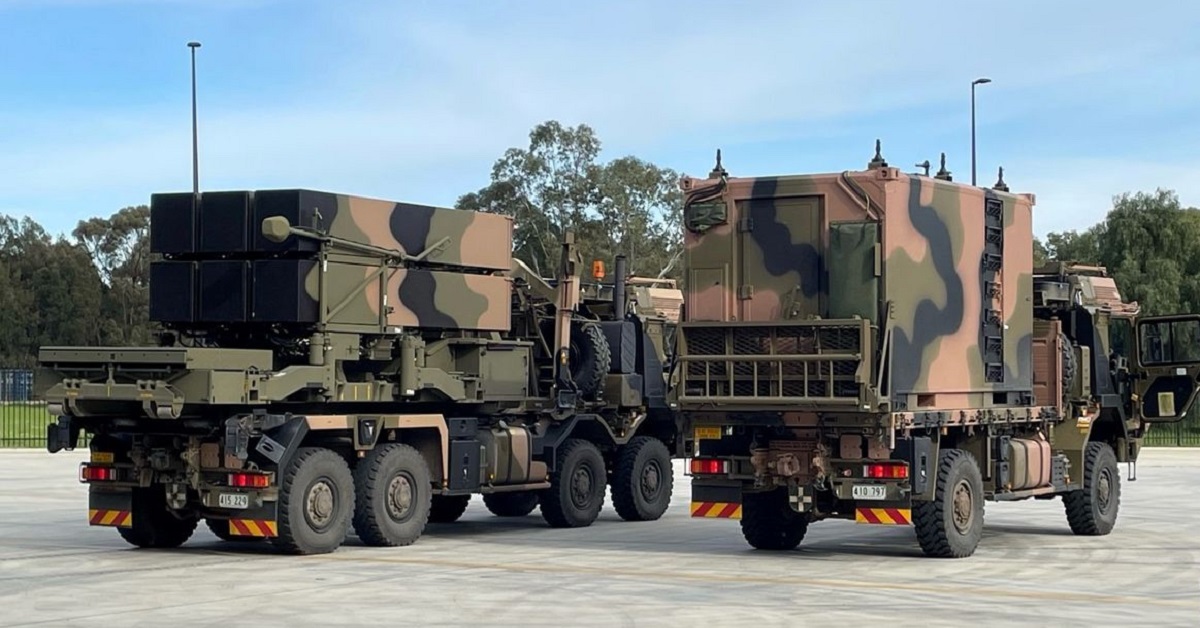
Credit: Kongsberg Defence Australia
The core NASAMS system is designed as a modular, distributed open hardware and software architecture, which facilitates integrating the Norwegian weapon system with various Australian technologies. While the central weapon system is manufactured by Kongsberg, major components of the Enhanced NASAMS configured for the ADF are produced by domestic firms including CEA Technologies, Sydney-based Eylex, and Adelaide’s Daranmont Technologies and Zenith Custom Creations. The comprehensive Australian Industry Capability plan pursued from the beginning of the LAND 19 Phase 7b programme will ensure an overall level of 60% Australian industrial involvement in the project. Final assembly of the complete system takes place at Raytheon Australia’s Centre for Joint Integration (CJI), located at Mawson Lakes in Adelaide. This integration of key Australian designed and produced mission systems will make this system unique among the numerous NASAMS systems already deployed by other nations.
Australia’s NASAMS System
The complete Enhanced NASAMS system will consist of two types of interceptor missile launcher; various types of interceptor missile; vehicle-mounted fire control and long-range radars; optronic sensors; and vehicle-mounted C4 centres. In addition to the Norwegian and Australian built major components the SHORAD will incorporate in-service Army vehicles, radios and data communications technology. The fully networked SHORAD is designed to engage complex targets beyond visual range. The target spectrum includes fixed-wing and rotary manned aircraft, UAVs, and cruise missiles. Deployment is envisaged via C-17 transport aircraft and via Canberra class amphibious warships.
The Missile Component
The Enhanced NASAMS configured for Australia will employ the Norwegian designed Mk 2 canister launcher. Each Mk 2 system carries six ready to launch missiles. The launcher being provided to the Australian Army represents the most modern configuration to date. It has been equipped with a new common ground launch rail and new electronics which will permit the system to employ a mix of missile types. The Australian system will be the first NASAMS system configured to fire the full spectrum of active radar guided AIM-120 AMRAAM missile variants as well as the infrared-guided AIM-9X Block 2 missile (although initial planning is focussed on the AIM-120C 7 interceptor variant). The new and elongated common ground launch rail will also enable the Enhanced NASAMS to deploy additional missile types in the future, including the extended range AMRAAM-ER, which the manufacturer has stated provides a difference of 50% in range and 70% in altitude coverage when compared to the AIM-120C model. Different missile types can be carried simultaneously, so that the SHORAD can be prepared to intercept various types of threat during the same mission; multiple missiles can be launched at different targets within seconds.
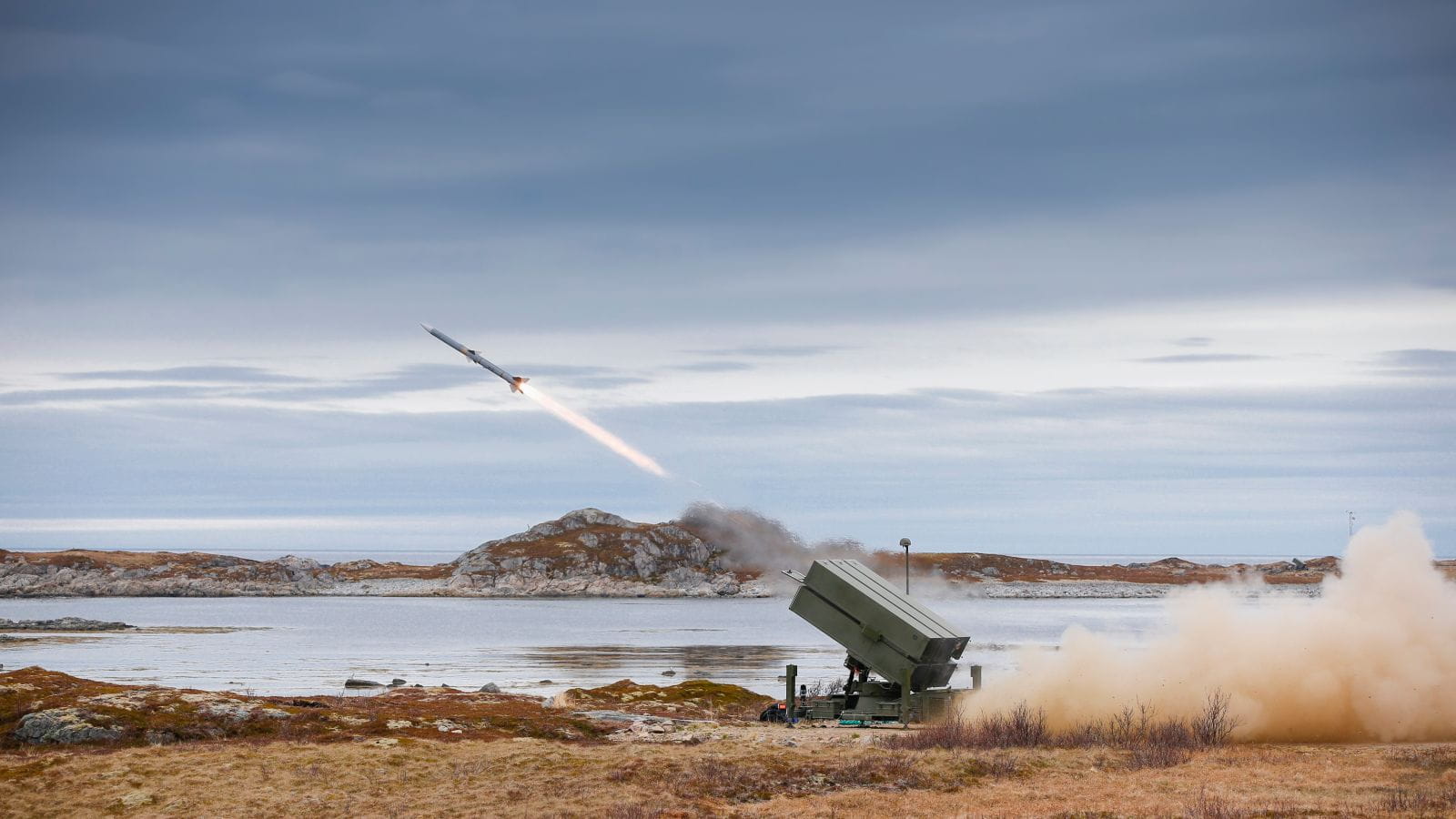
Credit: Kongsberg Defence & Aerospace
The semi-mobile Mk 2 launcher holds up to six missiles in launch containers. These launchers passed their First of Type Factory Acceptance Tests (FAT) in 2021. They are produced in Norway and delivered to Raytheon Australia’s CGI for integration with the command and control system. In the field the launchers will be carried on RMMV (Rheinmetall/MAN Military Vehicle) HX77 8×8 trucks, and will be off-loaded for launch.
In addition to the Mk 2 system, the system will also include the Raytheon High Mobility Launcher (HML), mounted on the rear cargo area of the Thales Australia Hawkei 4×4 Protected Mobility Vehicle – Light (PMV-L). The HML launch assembly is capable of both traverse (though 360°) and elevation, and fits four missiles on parallel launch rails. Including the Hawkei HML in the unit mix will improve the Enhanced NASAMS’ general trafficability, permitting a battery to deploy assets over a greater variety of terrain, including on high ground inaccessible to the Mk 2 carriers.
Command and Control
The Kongsberg air defence console is housed in the Kongsberg Fire Distribution Centre (FDC). It will exercise central control of the SHORAD’s sensors, launchers, missiles, and communication systems. This includes developing fire solutions, remote-launching of interceptors, and continuous update of target information during interceptor missile flight. The FDC is carried on an HMMV HX40 truck. The truck-mounted four-metre hardened shelters for the FDC will be supplied by Australian firm SME Daronmont Technologies.
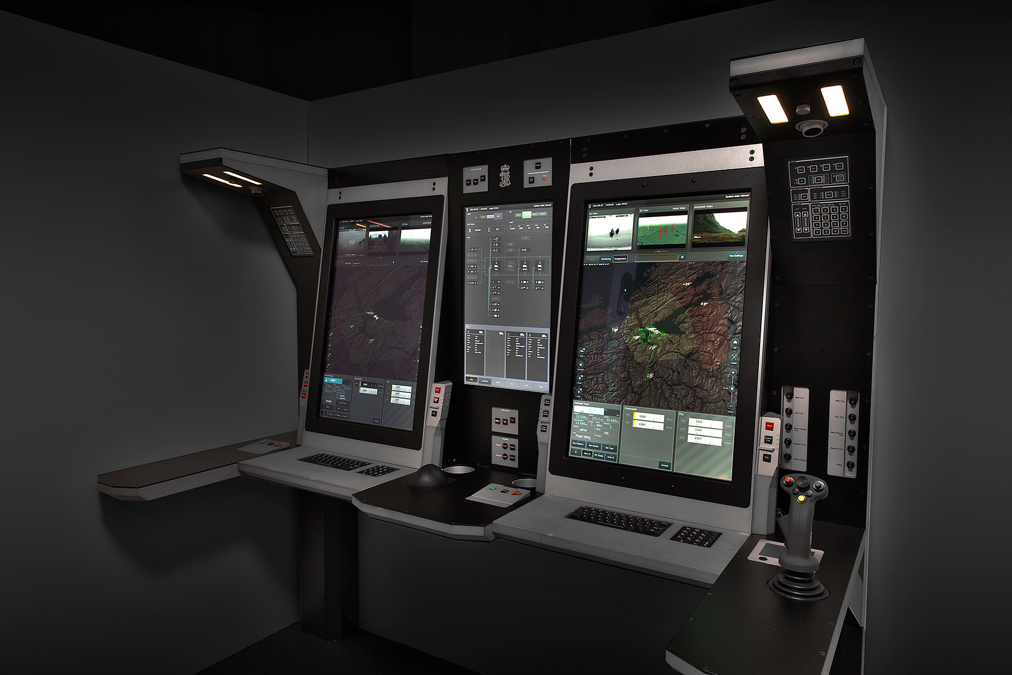
Credit: Kongsberg Defence & Aerospace
The first two Fire Distribution Centre units passed the FAT in September 2021. The FDC is billed as the most advanced and integrated C4 system delivered to the Australian Army, enabling integrated and multi-layered joint GBAD activities. Both hardware and software are designed with an open systems architecture, providing for easy integration of new technology and capabilities. According to Kongsberg, the ability to share a real-time Single Integrated Air Picture (SIAP) throughout the Battalion Net Data Link (BNDL) enables the FDCs in the network to see the same correlated air picture and to offer recommendations to the operators throughout the entire network, including upper and lateral echelons.
Sensors
CEA Technologies will be supplying two types of Active Scanning Electronic Array (AESA) radar as the SHORAD’s primary sensors.
The CEA Tactical (CEATAC) fire control radar is derived from the CEAFAR2 maritime radar used on Royal Australian Navy vessels. It will be mounted on the Hawkei protected mobility vehicle and deploy from a specially designed housing on the vehicle’s modified tray. The radar has four fixed faces for 360° coverage. Each face features multifunction attributes including medium-range surveillance, IFF, and fire control capabilities. The radar’s rapid high-volume scan capacity provides a secondary Counter Rocket, Artillery and Mortar (C-RAM) detection capability. This sense, warn and locate (SWnL) functionality will make the Australian SHORAD the first NASAMS configuration capable of reporting RAM launch coordinates to friendly counterfire batteries.
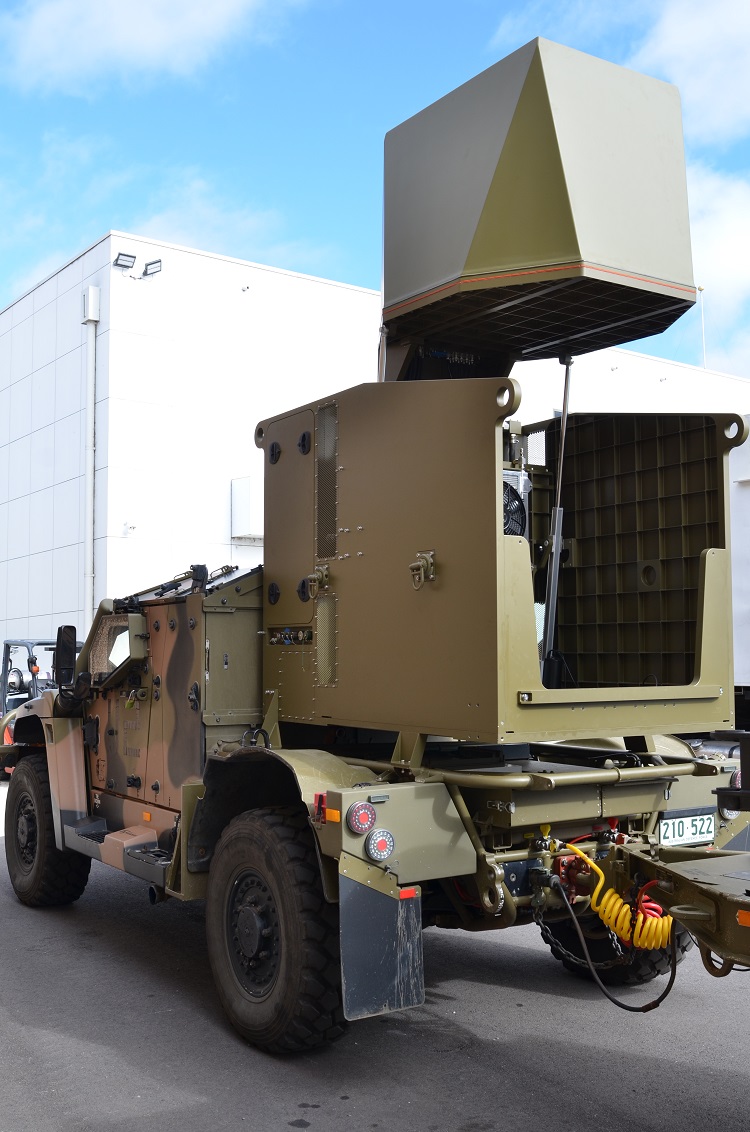
The larger and longer-range CEA Operational (CEAOPS) surveillance and cueing radar will be embedded in a standard 20 ft (6.1 m) ISO container mounted on a Rheinmetall/MAN HX77 8×8 heavy truck. It is equipped with a large single-faced rotating array and four smaller fixed-face arrays. The system provides long-range multi-band surveillance and all-mode IFF capability to support the battery with early warning situational awareness, and retains a secondary fire control capability. The longer-range main array can rotate to provide coverage through 360°, or operate in staring mode to provide constant high-resolution coverage of prioritised airspace quadrants. The four smaller fixed-face arrays combine to provide constant 360° medium-range coverage, including while the carrier vehicle is in motion.
The contract signed in November 2019 calls for CEA to supply seven CEATAC and three CEAOPS units. No additional units are planned, although the contract does provide the government with an option for follow-on orders.
The radars are augmented by the mast-mounted Raytheon AN/AAS-52 Multispectral Targeting System (MTS-A). The day/night capable high-resolution optoelectronic infrared sensor includes an integrated laser rangefinder and a real-time tracking capability. The AN/AAS-52 will be housed in a standard Tricon container carried by a Hawkei PMV. During operations the MTS-A will extend its 5 m telescopic mast to provide a passive surveillance capability. Among other advantages, the optronic IR sight provides a backup sensing capability which in case of jamming by hostile electronic warfare assets.
Status and Progress
The requirement is for two NASAMS batteries, with each battery set to consist of three fire units. A seventh fire unit is due to be used for training purposes. Each fire unit will consist of an FDC, a CEATAC radar, an MTS-A Optronic Sensor vehicle, and 3-4 launchers (probably varying depending on the launcher type).
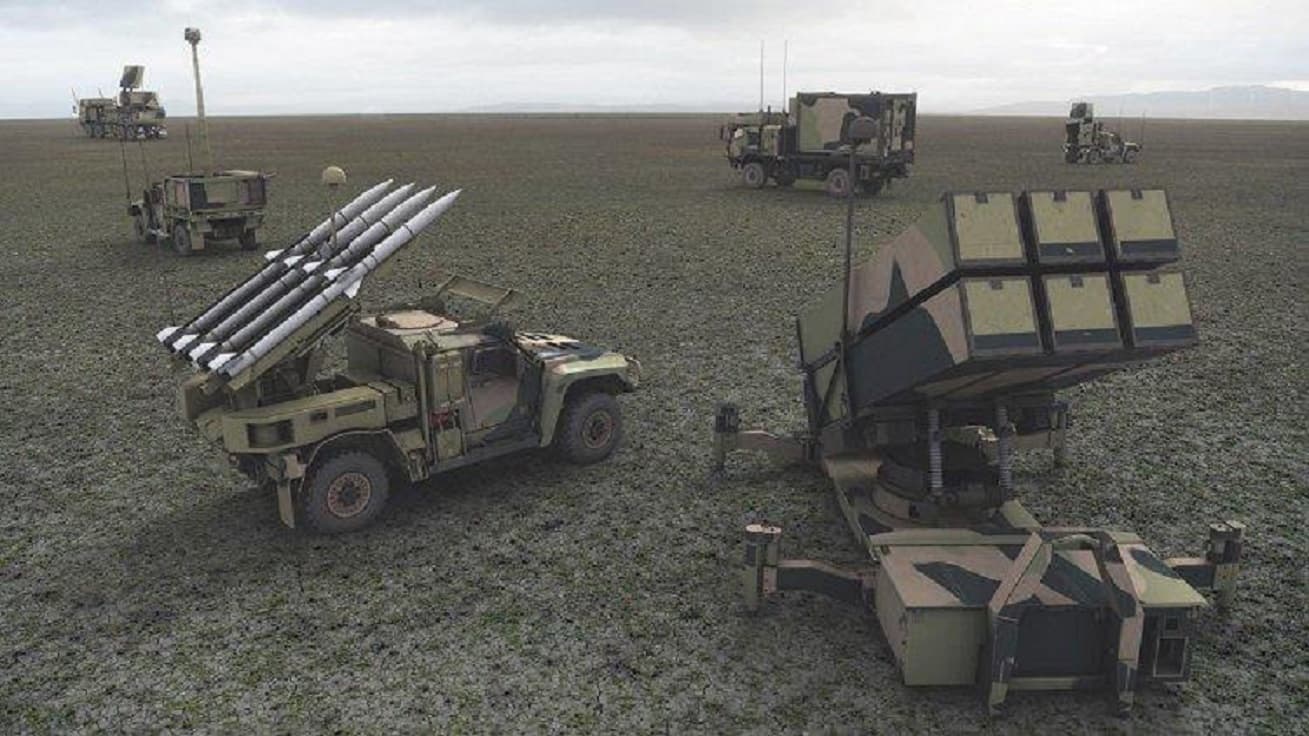
Credit: Raytheon Australia
The SHORAD system will be operated by the Army’s 16 Air Land Regiment stationed at Woodside near Adelaide. KDAu delivered the first Mk 2 canister launchers to Raytheon Australia in June 2022 and the first fire distribution centres in late 2022. This is considered a major step towards the goal of achieving initial operating capability (IOC) in mid-2023. IOC is defined as one operationally deployable, fully tested fire unit equipped with all support vehicles and fully trained personnel. Final Materiel Release – acceptance of all fire units, radars, support equipment and spare parts – is expected in Autumn of 2025. The Army expects to establish full operational capability (FOC) in summer 2026 following integration of the final fire unit and completion of infrastructure measures to support basing and maintenance.
On 13 February 2023 Raytheon and Kongsberg Defence Australia announced an agreement for Kongsberg to provide sustainment services for the Australian Army’s SHORAD. This service contract primarily covers the elements directly supplied by Kongsberg, including the Fire Distribution Centre (FDC), Canister Launcher, and NASAMS Classroom Trainer. However, KDAu field representatives will also support other sustainment work under this contract.
Sidney E. Dean




